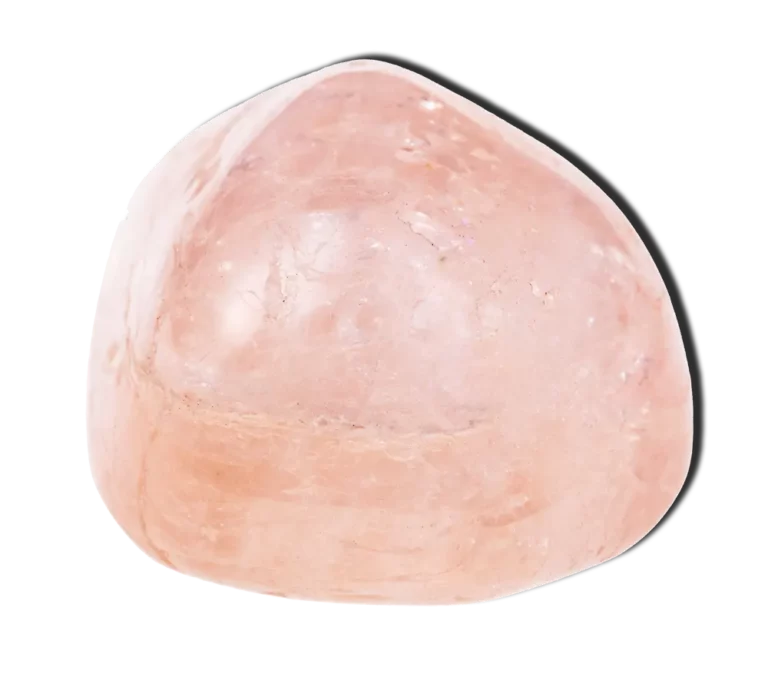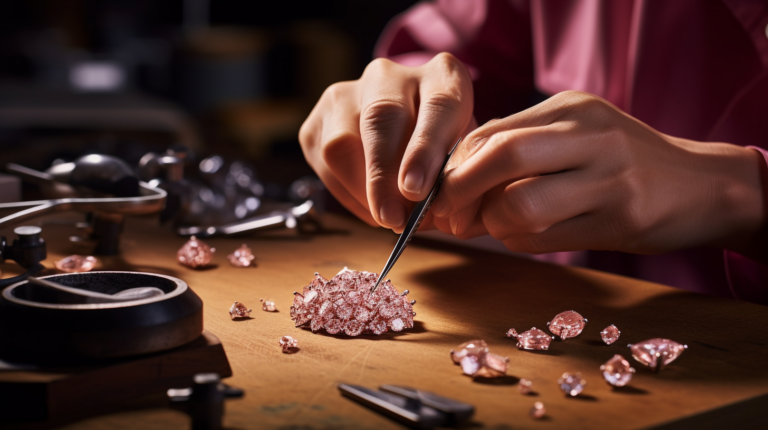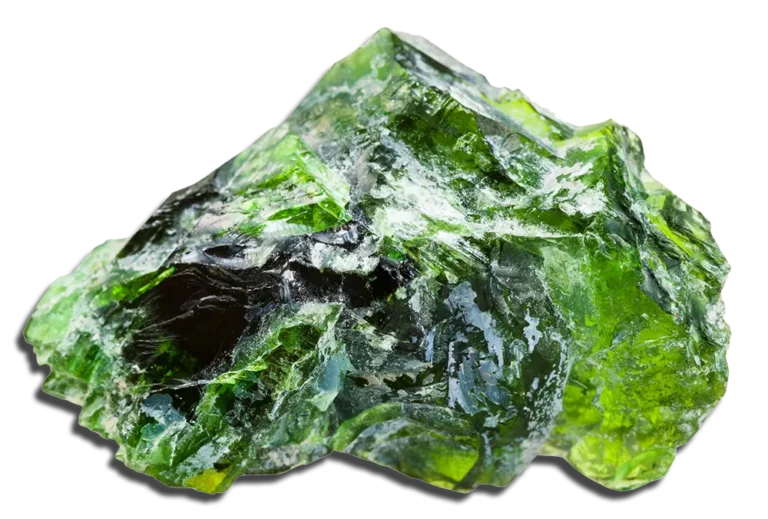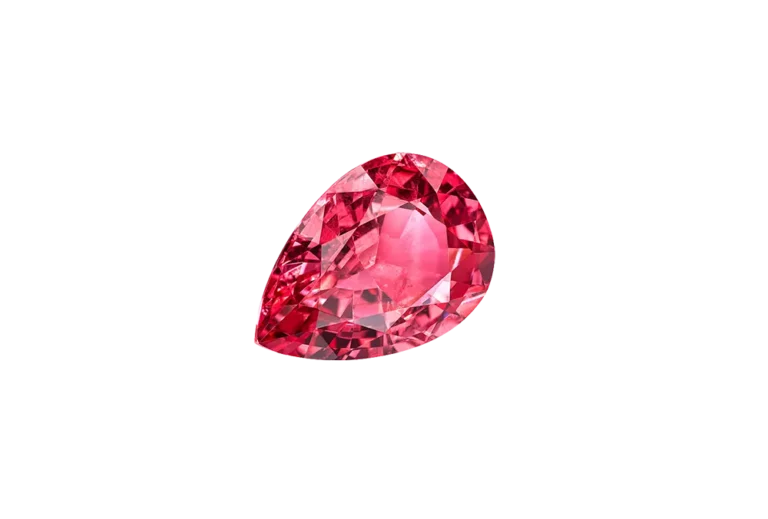The Spectacular Story of the Centenary Diamond: An Unveiling of Its History, Significance, and Mystery
The story of the Centenary Diamond begins at the Premier Mine in South Africa. The diamond was discovered in July 1986, embedded within blue ground Kimberlite, a unique type of igneous rock prevalent in diamond mines. Weighing a remarkable 599 carats in its rough state, it was instantly recognized as a gem of exceptional quality and potential.
But why was it named the Centenary Diamond? The answer lies in the rich history of De Beers Consolidated Mines. The diamond was named to commemorate the centennial celebrations of the company, which was established by Cecil Rhodes, a British businessman, and Alfred Beit, a German financier, in 1888.
In This Article
The Centenary Diamond and De Beers Consolidated Mines: A Historic Connection

The Centenary Diamond holds a significant place in the annals of De Beers. It represents not just a remarkable find, but a milestone in the company’s long and illustrious history.
De Beers Consolidated Mines had been in operation for a hundred years when the diamond was unearthed. The discovery of the Centenary Diamond was, therefore, a fitting way to mark the celebration of a century of diamond mining. As such, this magnificent gemstone is deeply intertwined with the legacy of De Beers, a legacy that continues to shape the global diamond industry today.
The Centenary Diamond contributes greatly to De Beers’ reputation for being the source of some of the world’s largest and most exclusive diamonds. A substantial part of this reputation can be attributed to the Premier Mine, the birthplace of the Centenary Diamond, as well as other notable diamonds, including the famous Cullinan Diamond.
The Art of Shaping Brilliance: Gabi Tolkowsky and the Centenary Diamond
The Man behind the Masterpiece: Gabi Tolkowsky
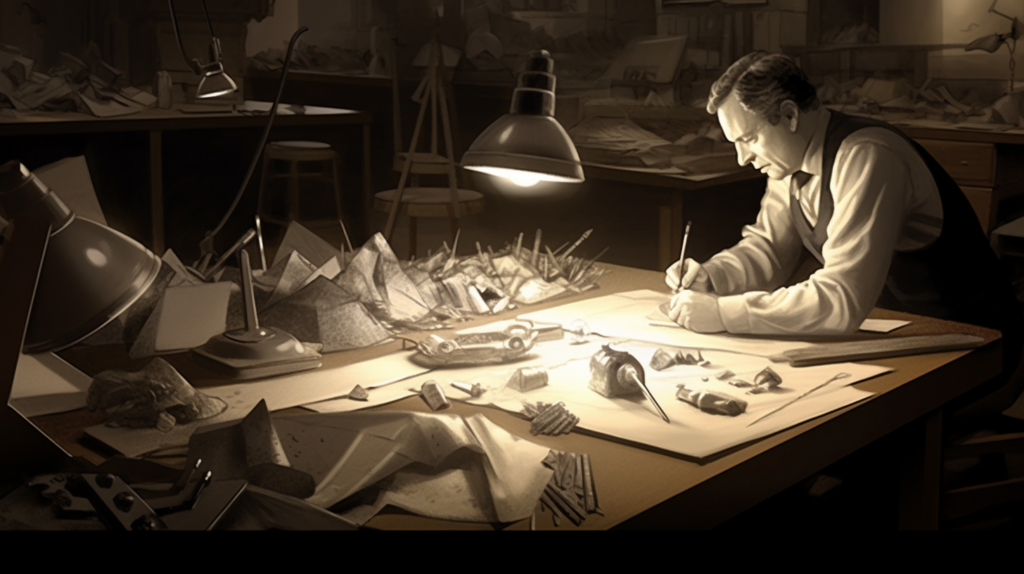
When it comes to shaping and polishing diamonds, few can match the skill and expertise of Gabi Tolkowsky. Often referred to as the “Master Cutter,” Tolkowsky comes from a family renowned for its contributions to the diamond industry. It was Tolkowsky who was entrusted with the monumental task of cutting and shaping the Centenary Diamond, a responsibility that required exceptional skill, patience, and precision.
Born in Antwerp, a city known for its vibrant diamond trade, Tolkowsky was deeply committed to his craft. His reputation as a master diamond cutter was well-earned, and it was this reputation that led to his appointment as the caretaker of the Centenary Diamond.
Journey towards Perfection: Cutting and Polishing the Centenary Diamond
The process of cutting and polishing a diamond as large and as valuable as the Centenary Diamond was no small feat. It required a deep understanding of the diamond’s structure, as well as specialized techniques and state-of-the-art equipment.
For Tolkowsky, the task was akin to a sacred mission. The process began with a thorough examination of the diamond, using computer scans and other imaging techniques to understand its internal structure. Then came the delicate work of cutting and polishing, which took nearly three years to complete.
The result was a breathtaking masterpiece of unparalleled brilliance. The Centenary Diamond was shaped into a modified heart shape, boasting an impressive 273.85 carats and 247 facets. It was a testament to Tolkowsky’s exceptional skill and patience, and a shining example of the incredible artistry involved in diamond cutting and polishing.
The Heart of the Matter: Design and Specifications of the Centenary Diamond
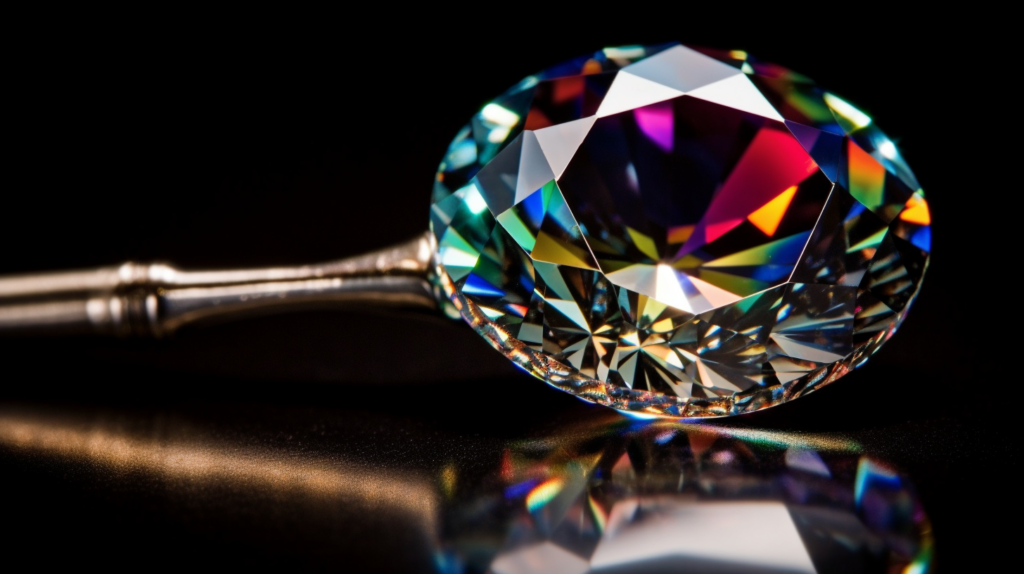
Chiseling a Masterpiece: The Modified Heart-Shaped Diamond
When it came time to determine the shape of the Centenary Diamond, Tolkowsky did not take his task lightly. After months of careful deliberation and analysis of the diamond’s structure and natural features, a modified heart shape was chosen. This unconventional design not only sought to maximize the carat weight of the final gem but also to emphasize its sheer brilliance and scintillation.
The heart shape is symbolic, representing love, romance, and the intense passion that went into the creation of this masterpiece. The decision was a bold one, flaunting tradition and challenging the norm of choosing traditional cuts such as the round brilliant or emerald cut for such significant stones.
The Centenary Diamond: A Dazzling Display
The Centenary Diamond is a marvel of nature and man’s artistry. With a final weight of 273.85 carats, it stands as one of the largest polished diamonds in the world. But its size is not its only impressive feature.
The Centenary Diamond is of exceptional quality. It boasts a color grade of D, the highest color grade possible for a diamond, indicating absolutely no color. Additionally, it is internally flawless, showing no inclusions or blemishes when examined under 10x magnification.
The diamond features an impressive 247 facets, each cut and polished to perfection to maximize its fire and brilliance. These facets are part of what gives the Centenary Diamond its breathtaking sparkle, making it a truly extraordinary gem.
Furthermore, the dimensions of this heart-shaped diamond add to its beauty and allure. The height, width, and depth, each carefully measured and executed, contribute to its overall symmetry, leading to its perfect heart shape and resulting in an astounding display of light performance.
The Centenary Diamond and the Maharajas: A Cultural Connection
The Maharajas and Their Love for Diamonds
The Centenary Diamond, with its grandeur and brilliance, bears an uncanny similarity to the gemstones once favored by the Maharajas and Sultans of India. These rulers had a well-documented love for diamonds, using them to adorn their crowns, jewelry, and other royal regalia.
Diamonds in Indian culture have long been regarded as symbols of power, wealth, and divine favor. The Centenary Diamond, with its size and peerless quality, would have certainly caught the eye of Indian royalty. Its modified heart shape, unconventional and dramatic, would have added to its appeal, for Maharajas were known for their appreciation of unique and distinctive gemstones.
The Centenary Diamond: A Crown Jewel for the Maharajas
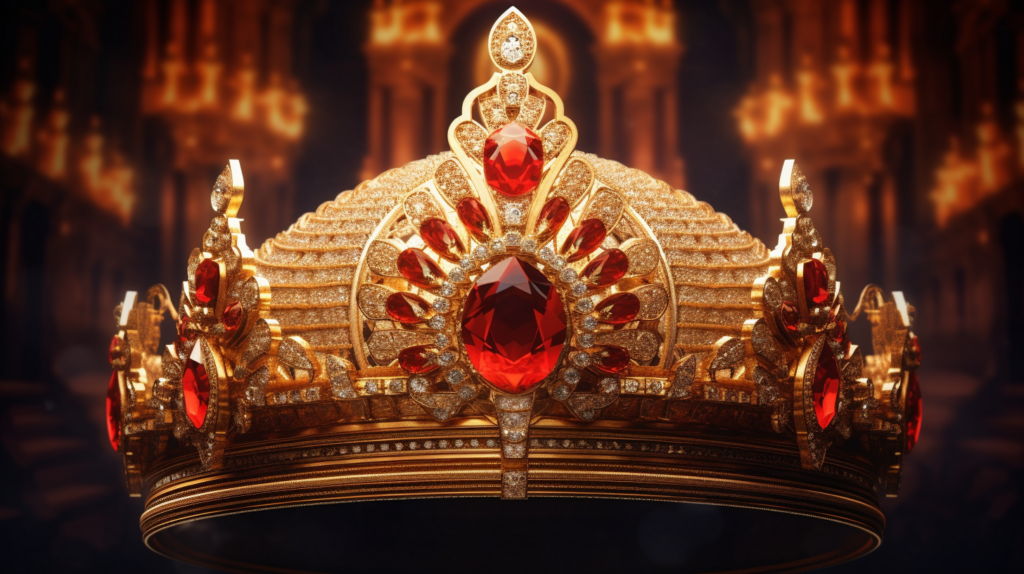
One can only imagine the allure of seeing the Centenary Diamond adorning the crown of an Indian Maharaja. This magnificent gemstone, with its scintillating fire and brilliance, would have been the perfect symbol of regal power and divine favor.
The heart shape of the diamond carries a particularly profound symbolism in the Indian context. In traditional Indian culture, the heart is seen as the seat of the soul and a representation of divine love. Thus, the Centenary Diamond, with its heart shape, would have been regarded not just as an emblem of earthly power, but also as a symbol of spiritual significance.
The Centenary Diamond never graced the crown of a Maharaja, but the connection is a fascinating one to contemplate. It reminds us of the intriguing interplay between gemstones and power, a dynamic that has shaped human history and continues to captivate us today.
The Centenary Diamond: A Comparative Analysis
Diamonds in the Rough: The Centenary Diamond vs. Other Famous Diamonds
When compared to other famous diamonds, the Centenary Diamond stands out for several reasons. Its initial rough weight of 599 carats places it among the largest diamonds ever discovered. However, it is the combination of its size, D color grade, and flawless internals that truly distinguish it.
For instance, the Hope Diamond, arguably one of the most famous blue diamonds in the world, weighs noticeably less at 45.52 carats. The Koh-i-Noor, once the largest known diamond, now weighs 105.6 carats and lacks the Centenary Diamond’s flawless clarity.
The Centenary shines brighter with its unparalleled combination of size, clarity, and color, making it a truly exceptional gemstone.
The Dazzling Trio: The Centenary Diamond and the Cullinan I and II
Comparatively, the Centenary Diamond also holds its own against the Cullinan I and II, the other two largest diamonds extracted from the Premier Mine.
The Cullinan I, also known as the Great Star of Africa, weighs an impressive 530.2 carats, slightly less than the finished Centenary Diamond. However, the Cullinan II, at 317.4 carats, falls short of the Centenary Diamond’s final weight.
Despite the size difference, the Centenary Diamond captivates with its unique heart-shaped design and the remarkable feat of cutting and polishing that preserved its phenomenal qualities. This combination of size, design, and quality underscores the Centenary Diamond’s unique place in the pantheon of the world’s most famous diamonds.
The Centenary Diamond: Its Present Status and Mysteries
The Centenary Diamond: From the Tower of London to Obscurity
Upon its completion in 1991, the Centenary Diamond took its place in the Tower of London’s collection of crown jewels, where it was displayed to the public in a custom-designed bulletproof glass case. However, in a surprising twist of events, the diamond disappeared from public view not long after.
The Centenary Diamond’s current location remains a mystery. After being removed from the Tower of London, the diamond has not been displayed publicly, leading to much speculation about its whereabouts.
The Unresolved Mystery: Who Owns the Centenary Diamond Now?
The question of the Centenary Diamond’s current ownership is another element shrouded in secrecy. After its unveiling, De Beers kept the diamond for a time, but its subsequent fate is unknown.
There are rumors of the Centenary Diamond being sold in a private transaction, but the details of this alleged sale – who purchased it, for how much, or when – are not publicly known, adding to the aura of mystery that surrounds this remarkable gemstone.
Despite these uncertainties, the Centenary Diamond continues to captivate. Its exceptional qualities, combined with its intriguing history and unresolved mysteries, make it a gemstone that continues to fascinate and inspire. Whether hidden away in a private collection or waiting to dazzle in a future public display, the Centenary Diamond remains an iconic symbol of diamond artistry and grandeur.
The Centenary Diamond: A Valuable Asset
Evaluating Brilliance: The Estimated Value of the Centenary Diamond
Given the Centenary Diamond’s exceptional size, flawless clarity, top color grade, and the mastery involved in its cutting and polishing, it is undoubtedly of immense value. While the exact value of the diamond remains undisclosed, it is estimated to be worth several hundred million dollars, making it one of the most valuable diamonds in the world.
The value of the Centenary Diamond is influenced not just by its physical characteristics but also by its historic significance and the mystery surrounding its current whereabouts. These factors contribute to making the Centenary Diamond a highly sought-after gemstone and a valuable asset in any collection.
The Centenary Diamond: An Investment Worth Millions
From an investment perspective, the Centenary Diamond is a gem without peer. Diamonds of this size and quality are incredibly rare, making them highly desirable to collectors and investors.
The Centenary Diamond’s unique properties – its significant carat weight, flawless clarity, D color grade, and intricate design – set it apart from other famous diamonds. This level of rarity can drive up a diamond’s value over time, making it an attractive investment for those in the know.
Moreover, the mystery surrounding the current status of the Centenary Diamond only adds to its allure as an investment. As they say, diamonds are forever, and a diamond like the Centenary Diamond is truly once in a lifetime. Its value as an investment mirrors its brilliance – dazzling and exceptional.
Frequently Asked Questions (FAQs)
What is the historical significance of the Centenary Diamond?
The Centenary Diamond holds a significant place in history due to its connection with De Beers Consolidated Mines. It was named in honor of the Centennial Celebration of De Beers.
Who is Gabi Tolkowsky and what role did he play with the Centenary Diamond?
Gabi Tolkowsky is a renowned diamond cutter who was entrusted with the responsibility of cutting and polishing the Centenary Diamond. He used specialized techniques and equipment to shape the diamond into a masterpiece.
Why was the Centenary Diamond shaped into a modified heart shape and what are its specifications?
The Centenary Diamond was shaped into a modified heart shape considering the design considerations and final visual impact. As for its specifications, the diamond is of D color grade and internally flawless. It has specific dimensions and facets that add to its overall brilliance and appeal.
How does the Centenary Diamond connect culturally with the Indian Maharajas?
The Centenary Diamond holds significant symbolic value in relation to Indian Maharajas and Sultans, who historically had a great love for diamonds. If it were in their possession, it could hypothetically serve as a crown jewel for a Maharaja.
What is the present status and mystery surrounding the Centenary Diamond?
The present location of the Centenary Diamond is unknown, having disappeared after its display in the Tower of London. The question of who currently owns the Centenary Diamond remains a mystery.



